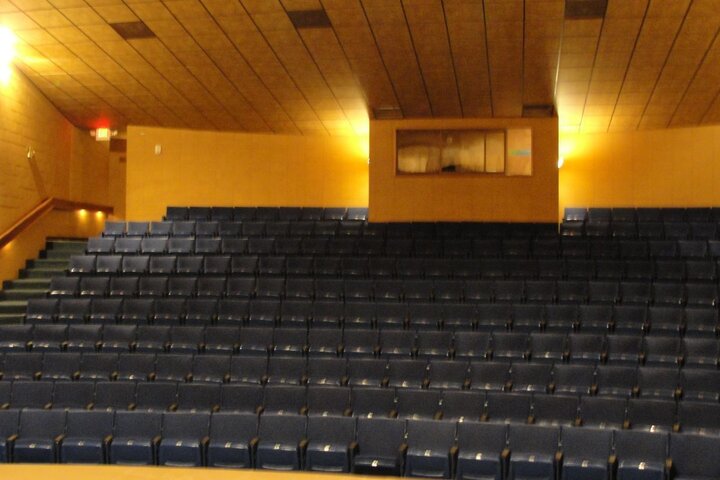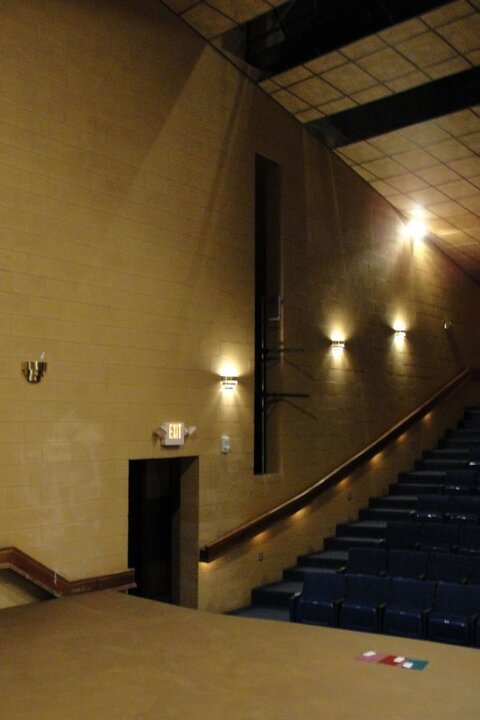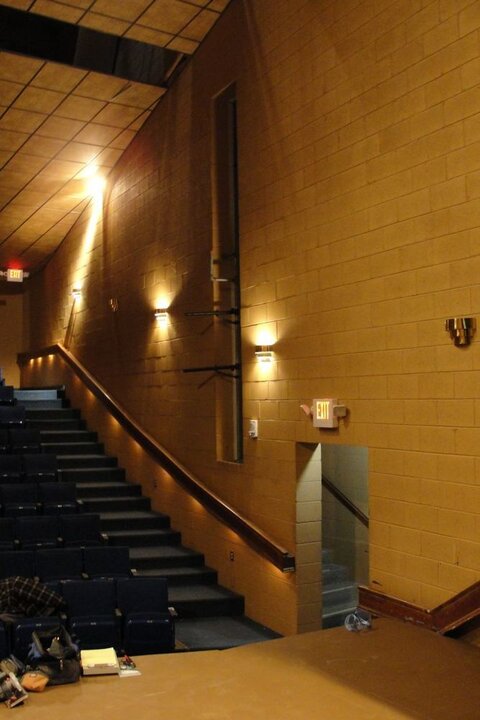JLNorthGA
Active Member
While we are "remodeling" our little playhouse - I was thinking about getting a gallon of paint for the light booth.
Our light booth is at the back of the house. During performances only a Littlelite and maybe another small lamp will be on.
What would be a decent color? I won't attempt to describe the current color except to say that it is not to my taste. Should I go with a dark color or a light color? I can see going with a light color to make sure it is not a "cave" - this would have the added benefit of maximizing the available light. I can also see going with a dark color - that way it would be less noticeable if people were looking back at the light booth.
Our light booth is at the back of the house. During performances only a Littlelite and maybe another small lamp will be on.
What would be a decent color? I won't attempt to describe the current color except to say that it is not to my taste. Should I go with a dark color or a light color? I can see going with a light color to make sure it is not a "cave" - this would have the added benefit of maximizing the available light. I can also see going with a dark color - that way it would be less noticeable if people were looking back at the light booth.





